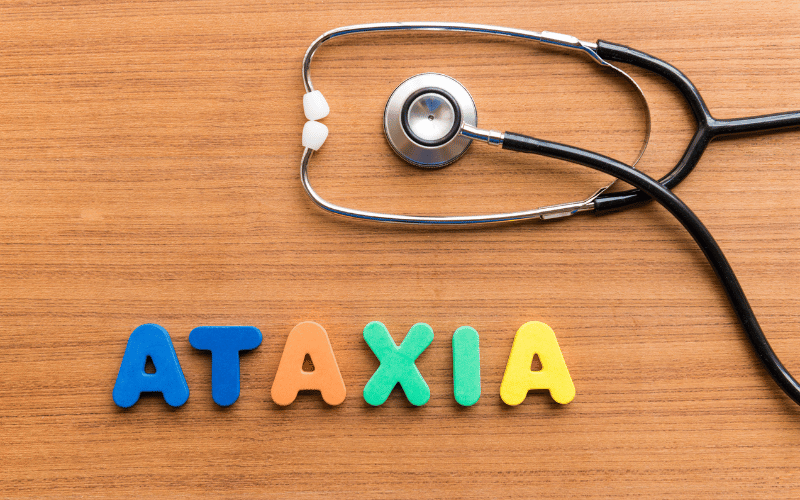2. Ataxia: The Unsteady Gait of Tabes Dorsalis

Ataxia in tabes dorsalis isn’t just about stumbling or an occasional trip. It’s a consistent, pervasive sense of unbalance. With tabes dorsalis, the sensory nerves responsible for informing the brain about the body’s position in space are compromised, leading to a lack of coordination.
This isn’t your ordinary clumsiness. It’s a pronounced, disconcerting inability to regulate muscle movements, resulting in an erratic, staggering walk. It’s like constantly navigating a tightrope without a safety net.
The reason for this imbalance lies in the damage to the spinal cord’s dorsal columns. These are responsible for proprioception – our body’s way of understanding where it is in space. When these columns degenerate, that critical connection between the limbs and the brain falters.
It’s not just about walking. Even standing can become a challenge. The constant effort to maintain stability can be exhausting, both mentally and physically. Think of it as trying to stand still on a constantly moving platform.
Ataxia isn’t just a physical symptom; it has psychological implications as well. The constant fear of falling, combined with the actual physical limitations, can lead to a decreased quality of life. It’s not just about the legs not following the brain’s orders; it’s about the broader implications on a person’s life and sense of autonomy. (2)